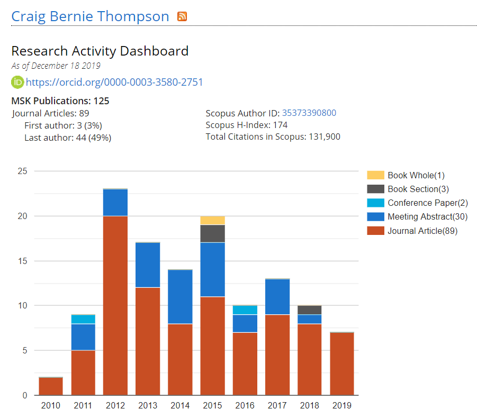A new metric will be launching from the Center for Open Science focusing on scholarly journals and measuring their commitment to research transparency, according to a recent article entitled, “Journal transparency index will be ‘alternative’ to impact scores.” (January 29, 2020)
The background for this measurement can be found with the Transparency & Openness Promotion (TOP) guidelines, a metric that reports the steps that a journal takes to implement open science practices. In reviewing the list of TOP Implementors, as of June 2019, there were over 1,100 journals that have applied one or more TOP-compliant policies including Science (AAAS), and many Nature Springer titles.
The guidelines cover eight transparency standards (citation, data transparency, analytic methods (code) transparency, research materials transparency, design & analysis transparency, preregistration of studies, preregistration of analysis plans, and replication). Within each standard, there are three levels of implementation (also referred to as levels of increasing stringency), as well as a “not implemented” category. The higher the score in this evaluation rubric, the higher level of support the journal publisher is providing in promoting and encouraging open science.
Among these measures of assessment is data sharing, wherein a journal could score up to three points. In order for this to happen, a data availability statement must be included, authors would be required to share their data, and the study should be reproducible based on the data provided.
As with any measurement, time ultimately is required to determine the impact of this journal assessment or score. This ranking system might very well contribute to research transparency and is a step in the right direction in supporting the reproducibility crisis.
Donna Gibson
Director of Library Services
